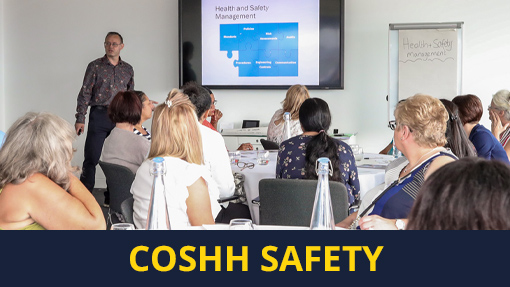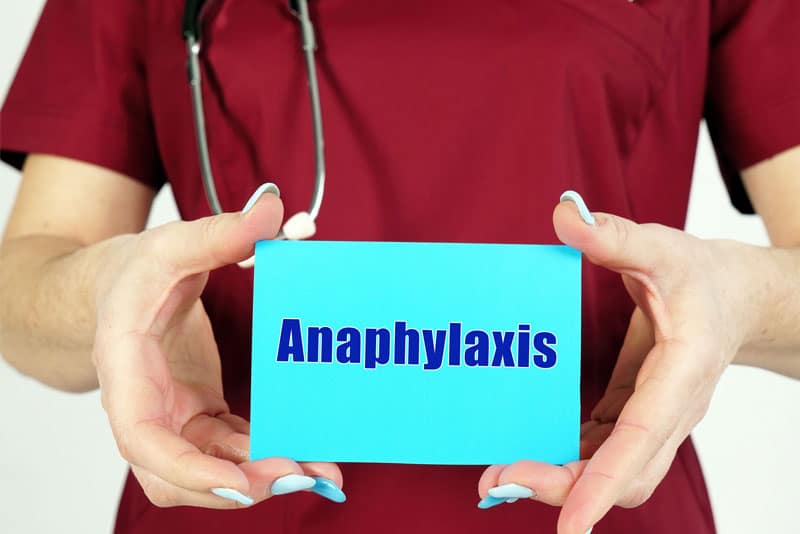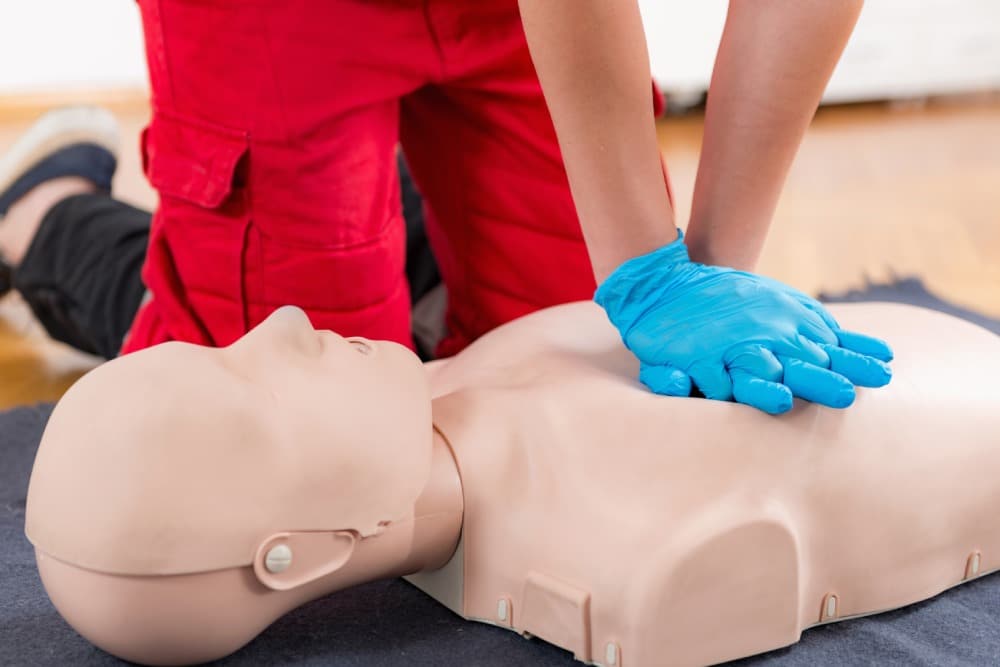This training module provides healthcare professionals with a comprehensive understanding of the Control of Substances Hazardous to Health (COSHH) Regulations 2002. It explores the identification, assessment, and management of hazardous substances commonly found in healthcare environments. Participants will learn to apply the COSHH risk assessment process, implement the hierarchy of control measures, respond to incidents, and adhere to legal obligations around documentation, health surveillance, and training. The module promotes safe, compliant, and effective practices to protect staff, patients, and the public from exposure-related risks.
COSHH
This training module provides healthcare professionals with a comprehensive understanding of the Control of Substances Hazardous to Health (COSHH) Regulations 2002. It explores the identification, assessment, and management of hazardous substances commonly found in healthcare environments. Participants will learn to apply the COSHH risk assessment process, implement the hierarchy of control measures, respond to incidents, and adhere to legal obligations around documentation, health surveillance, and training. The module promotes safe, compliant, and effective practices to protect staff, patients, and the public from exposure-related risks.

1 Hours

Mobile friendly



